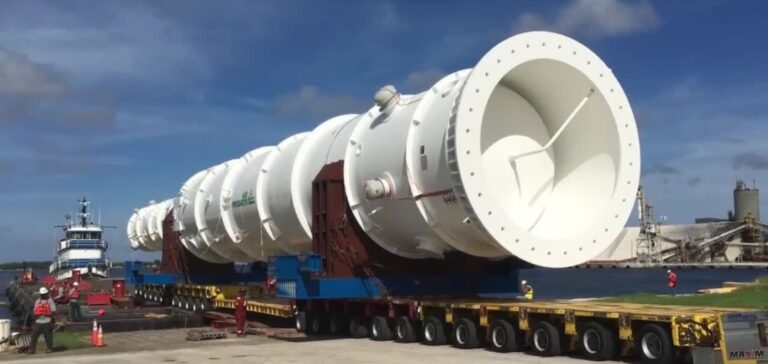Air Products (NYSE: APD), is investing to increase LNG equipment manufacturing capacity at its Port Manatee, Florida site. The aim is to meet growing demand from industry. This increase in capacity, combined with innovations in manufacturing methods, should enable us to improve delivery times. The investment will increase Air Products’ manufacturing capacity by almost 20%.
Investment to increase LNG equipment manufacturing capacity
Air Products, is investing in its Port Manatee, Florida site to meet growing industry demand by increasing its LNG equipment manufacturing capacity. Thanks to innovations in manufacturing methods, the company plans to improve delivery times, reinforcing its key role in global LNG production.
Strategic investment to meet growing demand for LNG
Air Products has announced a strategic investment at its Port Manatee site in Florida. This investment will increase its LNG equipment manufacturing capacity by almost 20%. The aim is to improve delivery times for LNG liquefaction equipment and strengthen its position as leader in the sector. Innovations in manufacturing should make these improvements possible.
“This continued investment in our manufacturing capacity reflects Air Products’ commitment to meeting the needs of the LNG industry with unmatched liquefaction technology and equipment. As the use of LNG continues to grow around the world with strong demand for clean, reliable and affordable energy, we are investing in our business to ensure that we meet our customers’ needs with proven reliability and on-time delivery of our state-of-the-art technology,” says Dr. G. B. B., President and CEO of Air Products. John Palamara, General Manager, LNG at Air Products.
A state-of-the-art manufacturing facility for the LNG industry
Air Products’ LNG equipment manufacturing facility in Port Manatee, Florida, has been operational since January 2014. Since then, more than 20 coiled tube heat exchangers (CWHE) have been shipped from this facility. In 2019, the site has already undergone an expansion increasing its initial capacity by 60%. With this new extension, the company strengthens its presence in the LNG liquefaction sector and reaffirms its commitment to its customers.






















